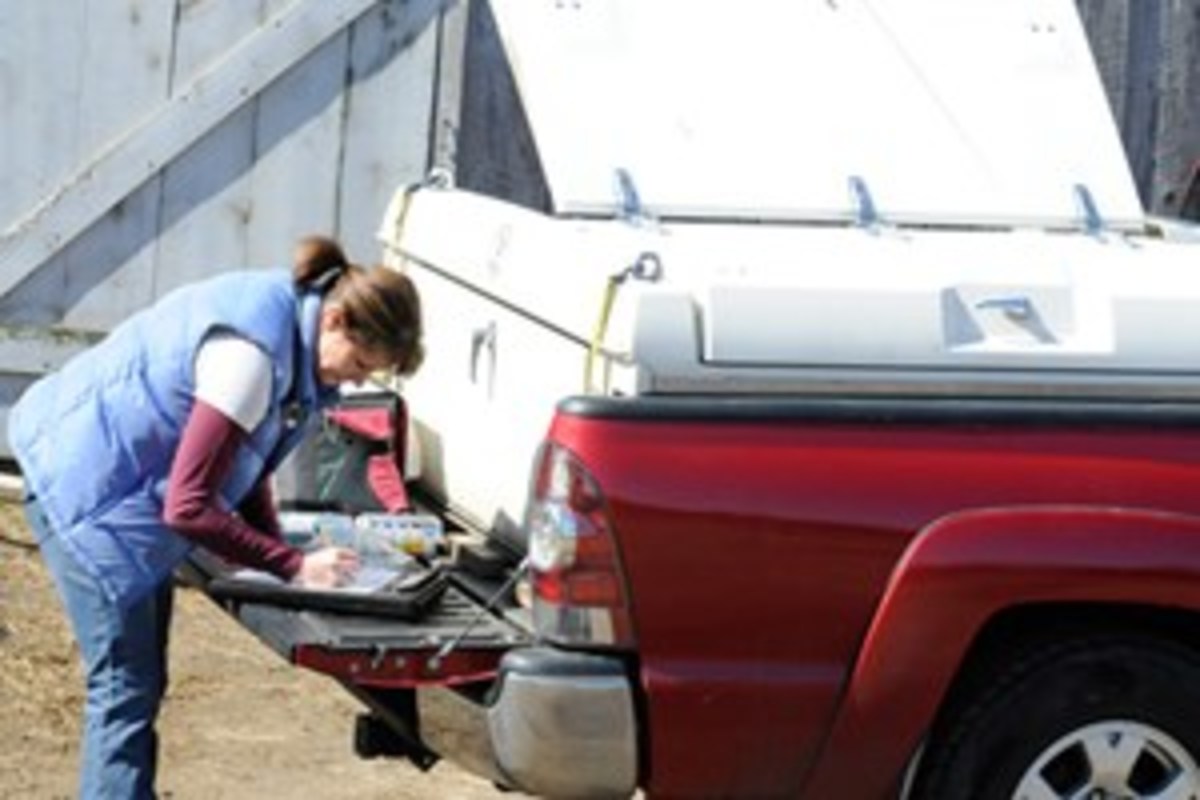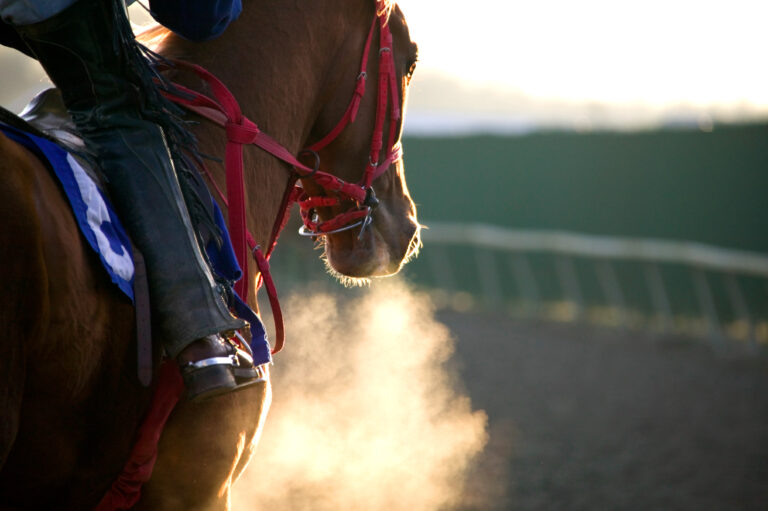
Equine veterinary dentistry can be a very rewarding area of practice for a young associate or a seasoned practitioner looking to expand services. In years past, the oral health care of the horse was neglected by many horse owners and seen as too physically demanding by many veterinarians. Dental work was passed to the wayside and wound up in the hands of unlicensed lay technicians.
Many horse owners have since realized that equine dentistry ideally belongs in the hands of licensed, trained veterinarians with the ability to examine, diagnose, treat and provide follow-up dental care to their equine patients.
With recent advances in equipment, peer-reviewed publications and increasing educational opportunities, equine dentistry is returning to the forefront of many veterinary practices. In order to develop a dental profit center within a practice, you must:
- Create a business plan based on actual and predicted clientele
- Invest in basic equipment
- Attend dental wet labs and short courses
- Identify dentistry service providers on your veterinary team and options for advanced procedures
- Properly market and advertise your new services
Crunching the Numbers
A successful business plan identifies clientele desiring equine veterinary dentistry services. Future growth can be predicted from expected new clientele, or more concretely from potential patients in your practice that would require dentistry. An easy correlation can be made that all horses that have a Coggins test pulled annually could potentially have a dental exam or dental floatation performed each year. These examples can be seen in the accompanying chart. Note that there were 6,757 Coggins tests done, but only 1,016 horses had dental procedures. This offers a great opportunity for growth in dental revenue.

Justification of investment in new equipment and training can be validated by comparing the number of procedures projected to be completed and revenue generated versus the cost of the investment in the equipment. In the following examples, a basic dental float and necessary sedation (TQ) are used. Equipment and drug costs are subtracted from billable totals to determine profit on the investment in new dental equipment.
Properly Equipped
In the past, equine veterinary dentistry consisted of a mouth spec and a bucket of hand tools. Horses were persuaded to accept the mouth spec and a quick feel of the cheek teeth made up the oral exam. Motorized hand pieces of various designs have replaced hand tools for most procedures, and those are the cornerstones of your investment in dental equipment.
There are several design styles and brand names of motorized dental tools to choose from, with the initial investment ranging from $2,000-$5,000. Preference is commonly based on familiarity and price. Most recently, advanced equipment includes irrigation and a vacuum to cool the burr and tooth surface while minimizing aerosolized dental material. Advances in chemical sedation and a powerful head lamp ($100-$400) have greatly improved the diagnostics of the oral exam. Using a dental mirror and oral exam kit, dental abnormalities can quickly be identified and charted on the dental record.
A complete exam kit can be bought for $400-$500 and should include a dental mirror, dental picks and a periodontal probe. With proper care and maintenance, a motorized hand piece and oral exam kit can be successfully paid off in one to two years with many years of life remaining, as seen in the above example. Young associates interested in growing this area of a practice can show their commitment to dentistry by purchasing smaller pieces of equipment on their own as a way to show vested interest in the program. You need to determine not only if there is a need for a specific service, but whether the need is great enough to warrant the expense of the equipment and personnel.
Training Required
Proper veterinary dentistry training and education will guarantee the success of your dental profit center. Many dental equipment manufacturers offer short courses taught by veterinarians to help their customers become proficient with their new equipment. These are typically offered several times a year and veterinarians typically receive a discount when attending their seminars. Advanced training may also be offered if earlier seminars have been completed.
As an initial investment, the basic seminars range from $1,500-$2,500, and it is typically ideal to attend a basic dentistry seminar, return to your practice and use your new knowledge for a year or two, then complete an advanced course as you continue to grow your knowledge base and service offerings.
The recent reemergence of equine veterinary dentistry has led to an increase in the number of peer-reviewed journal articles on equine dentistry. These will serve as very useful educational tools for practitioners at all levels equine veterinary dentistry.
The type of practice in which you work will help determine who provides dentistry services within the practice. A multi-doctor practice is likely to have a range of dental experience, and that can serve as the beginning dental education and training for a young doctor. If you are a solo practitioner starting a new clinic, perhaps the short courses and wet labs are best completed prior to promoting your expanding dental services.
Marketing Your Practice
Proper advertising and promotion of new equine veterinary dentistry services is the last step necessary to grow a successful equine dental profit center. We have invested in equipment, acquired training and education and recruited a dentistry team. We are ready to market our services.
Promoting our new services should be done in all areas of the practice. Simple signage should be on display in areas of the practice where clients might linger while waiting for products or diagnostics. New services offered should be highlighted on the practice website, and those services should include pictures with brief descriptions of procedures offered.
As cases are seen, doctors should carry digital cameras or use cell phones to take pictures of normal and interesting cases. The pictures can help grow the website or be used to create interactive posts for Facebook and Twitter accounts. Practice-branded dental charts and educational materials can be used to help educate horse owners during a procedure on a dental disease or condition. Members of the veterinary dentistry team should help contribute content to the monthly clinic newsletter in order to educate clients on equine veterinary dentistry. This not only promotes them to clients, but also helps share their experiences with other clinic members.
Tough Cases
Routine veterinary dentistry can be very rewarding when done properly, but there will be cases where you will want to ask for a second opinion or refer a case for an advanced procedure that is beyond your current skill level. It is important to develop a relationship with a practitioner or referral center in your area that can assist you and your clients should the situation arise.
Fellow equine veterinary dentists are typically very collegial and supportive of young doctors with an interest in dentistry, and they will gladly review a case or radiographs of a complicated case. It is typically in the best interest of the horse for all equine dentists to seek the help of a more experienced clinician or referral center if necessary.
Take-Home Message
Equine veterinary dentistry can be a very rewarding and profitable area of equine medicine. As veterinarians, we have the opportunity to provide the most thorough dental care to our clients and their horses. We can examine and diagnose problems, provide proper treatment and pain management, prescribe necessary medications and provide follow-up care. By investing in the necessary equipment, education, training and marketing, your veterinary dentistry team can create a successful equine veterinary dental profit center.
Ernie Martinez II, DVM, is an Associate at Hagyard Equine Medical Institute near Lexington, Kentucky. His practice includes reproduction, dentistry, herd health, neonatal care and practice management. He is actively involved in the profession on the state and national levels, also serving on the AAEP Leadership Development Committee. He lives in Versailles, Kentucky, with his wife, Elaine, who is a small animal emergency veterinarian, and their two young children.




